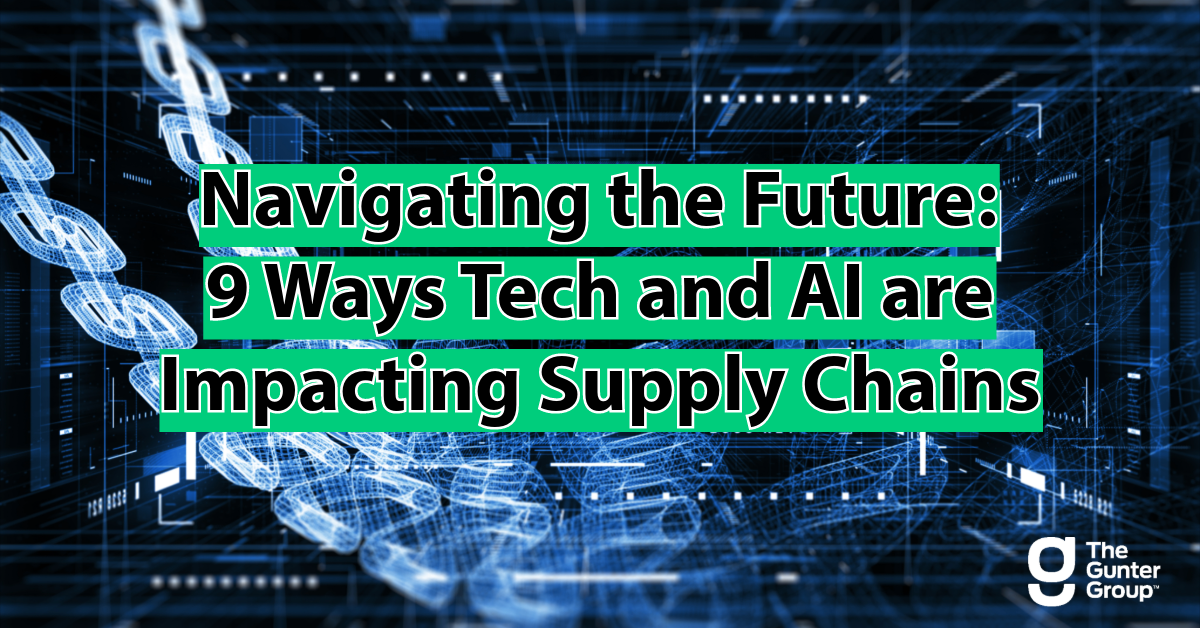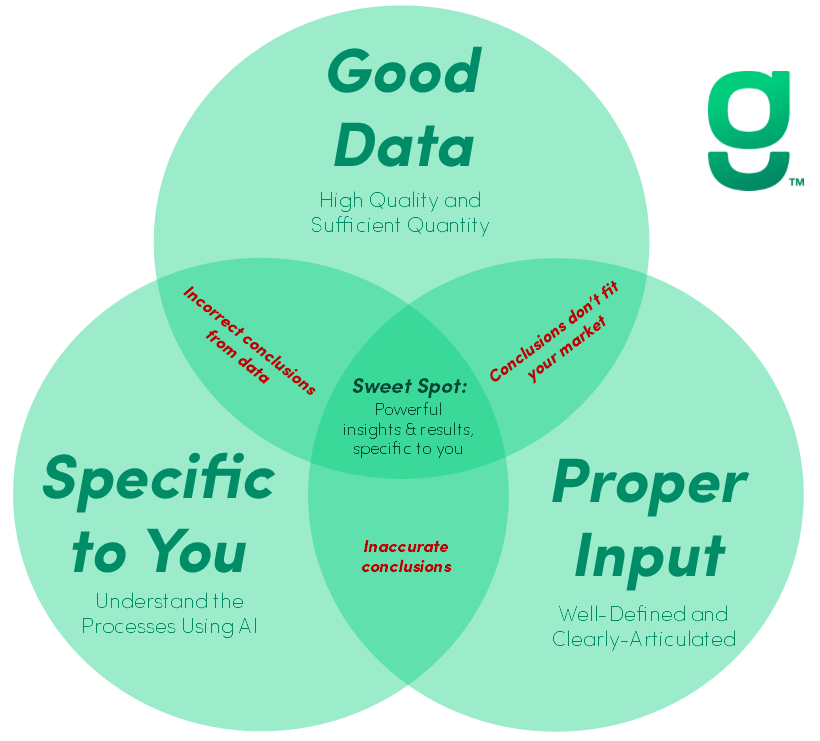Stephen Bacon, Principal and strategy leader at TGG, shares three key strategies for financial services firms to adapt their workforce to the transformative impact of AI. In this article published in Global Banking & Finance, learn how to embrace automation, focus on outcomes, and hire for future capabilities.
Tag Archives: Artificial Intelligence
Navigating the Future: 9 Ways Tech and AI are Impacting Supply Chains
Supply chains must be agile and adaptive to thrive. In the first part of our supply chain blog series, we explore nine ways technology and AI are impacting supply chains across industries.
ARTIFICIAL INTELLIGENCE & YOUR BUSINESS: 3 THINGS TO KNOW
Artificial intelligence is all around you. You have been using it for a while, probably without even knowing it. Gmail finishes your sentences. Your phone corrects your spelling and grammar. Instagram decides what to show you next. Spotify creates perfect playlists of new music. Advertisements know exactly what you’re thinking. You use AI hundreds of times a day.
MAKE ARTIFICIAL INTELLIGENCE WORK FOR YOU: AN EXPERT OPINION
Artificial intelligence has been in the news a lot lately. Most recently, an AI named Pluribus outplayed the world’s best Texas Hold’Em players. Perhaps this causes you a bit of concern, given that an essential element of poker is the ability to pull off a convincing bluff. Should we be worried that a computer can lie well enough to clean out the best card players in the world?



